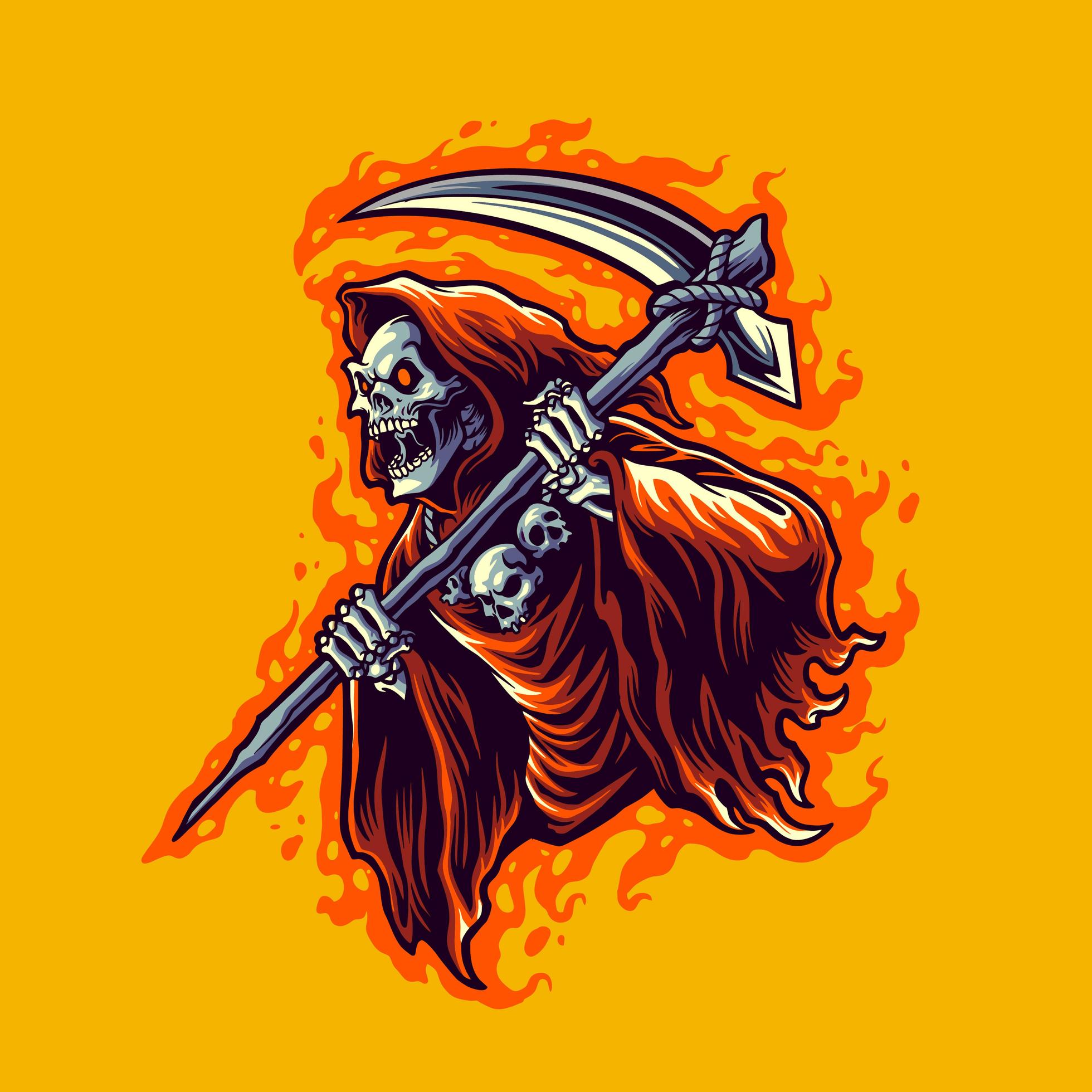
The devil, named Frank, acts as an instructor and you are a rookie to whom he has to show the ropes to. There are three tutorial levels, and they perfectly explain how the game works in three different missions.

I was proven wrong when I looked up the name of the voice actors from the credits, but I think it shows the level of quality that I’m talking about. At one point I thought I recognized one of the voices from the Rick and Morty series. I wasn’t expecting voice acting at all, let alone it being this good, and it kept getting better as I played more. And the first thing that I notice, is the brilliant voice acting of the devil instructing me what to do. I know it’s not a big deal, but it seemed like an odd order to me.Īfter I got over the initial confusion of navigating the menu, I started the tutorial. The button that a new player wants is probably Tutorial, which is fourth on the list. So the two top options are basically useless for a new player. The first option is a poorly greyed-out Continue button, followed by Load Game. I started the game, and… I know this might seem like I’m nit-picking over small details, but the game’s main menu is confusing. The first tutorial mission starts with a simple layout and some prebuilt structures as we learn the basics. So keep that in mind before reading this review or purchasing the game. While the characters are cartoonish and the violence unrealistic, and you can disable nudity and blood in the settings (which are great options to have), the nature of Hell Architect still might be uncomfortable for some players. Developed by Woodland Games and published by Leonardo Interactive, Hell Architect takes an interesting approach towards the genre with a unique theme and delivers a great experience both in gameplay and aesthetics.īefore we start, as you can guess from the title or the images, the game includes a lot of violence and nudity. Hell Architect is a base building, resource management game about managing hell. Like losing track of time for five or six hours straight fun. It was also reputed to be made of solid gold.Turns out, managing your own circle of hell in a satirical cartoonish world, providing basic services for sinners and historic villains so they can survive, in order to torture them for eternity is really fun.

The demons built it in about an hour, but it far surpassed all human palaces or dwellings it was probably quite small, however, as its spacious hall is described as being very crowded with the thronging swarm of demons, who were taller than any human man, until at a signal they were shrunk from their titanic size to less than "smallest dwarfs". (In Roman times, Mulciber was another name for the Roman god Vulcan.) Book II begins with the debate among the " Stygian Council" in the council-chamber of Pandæmonium. It was designed by the architect Mulciber, who had been the designer of palaces in Heaven before his fall. John Milton invented the name for the capital of Hell, "the High Capital, of Satan and his Peers," built by the fallen angels at the suggestion of Mammon at the end of Book I of Paradise Lost (1667). Pandæmonium thus roughly translates as "All Demons"-but can also be interpreted as Pandemoneios (Παν-δαιμον-ειον), or 'all-demon-place'. The name stems from the Greek pan (παν), meaning 'all' or 'every', and daimónion (δαιμόνιον), a diminutive form meaning 'little spirit', 'little angel', or, as Christians interpreted it, 'little daemon', and later, ' demon'. Pandæmonium (or Pandemonium in some versions of English) is the capital of Hell in John Milton's epic poem Paradise Lost.


 0 kommentar(er)
0 kommentar(er)
